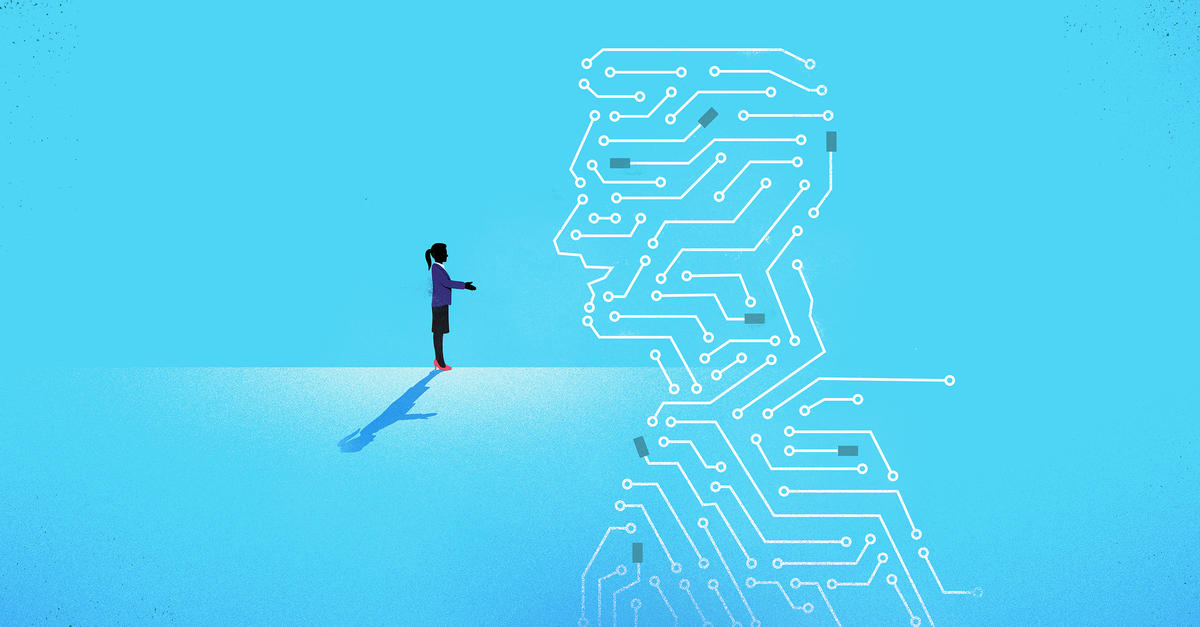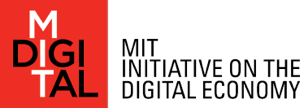
By Brian Eastwood, MIT Sloan
Numbers tell the story about the COVID-19 pandemic’s immediate impact on the U.S. economy. A 4.8% decline in gross domestic product in the first three months of 2020. More than 40 million unemployment claims in 10 weeks. An unemployment rate close to 15%.
These numbers are stunning, even compared to the Great Recession of 2007–2009. But the comparison helps explain what the economy may look like once the immediate impact of the pandemic has subsided.
“Firms used the Great Recession to change the structure of their workforce to focus on more technology-centered production,” said Sarah Bana, a postdoctoral associate at the MIT Initiative on the Digital Economy. “This will be at the forefront of the response to COVID-19.”
The presence of technology to support remote workers has taken center stage in the last several weeks. Video conferencing, collaboration software, and customer service chatbots have allowed knowledge workers to remain productive while working at home. At the same time, the absence of technology such as machine learning has left the manufacturing industry at a loss to manage rapidly shifting supply chains and the health care industry struggling to compile and analyze data on the effectiveness of COVID-19 treatments.
MIT Sloan Ideas Made to Matter spoke with Bana and four other experts at the MIT Initiative on the Digital Economy (IDE)–Erik Brynjolfsson, Sinan Aral, Geoffrey Parker and Andrew McAfee–to get their perspective on how technology will impact the future of work, for companies as well as employees, in the months and years ahead. Interviews have been edited and condensed for clarity and conciseness.
Read the full article on the IDE Medium publicaion here.
